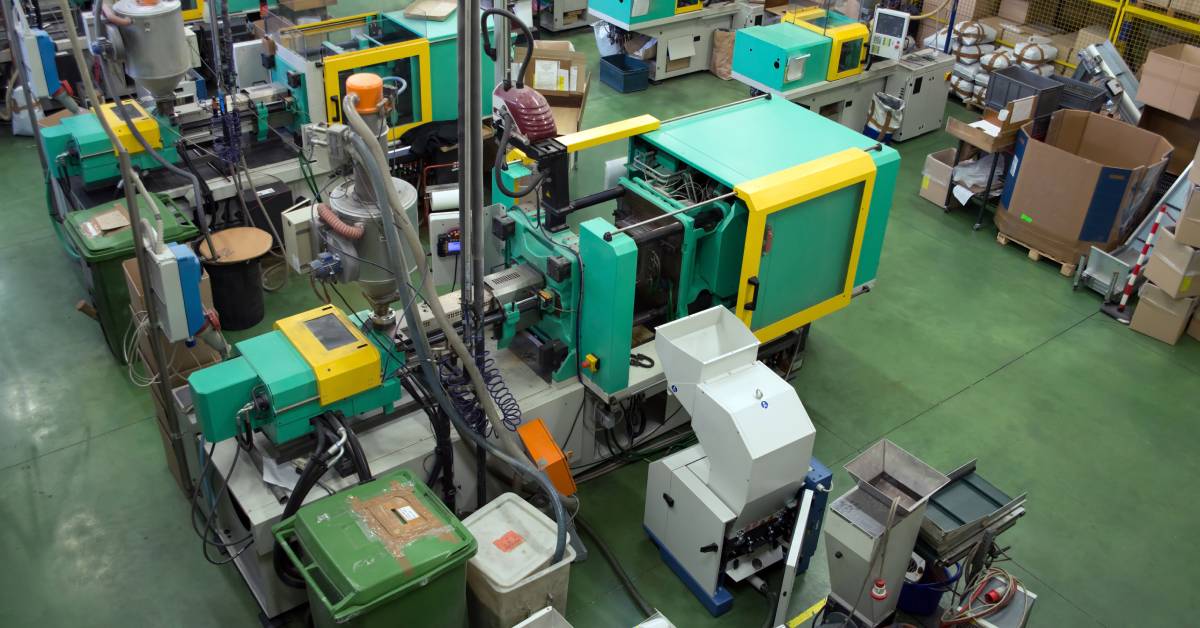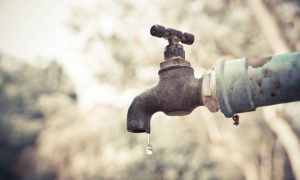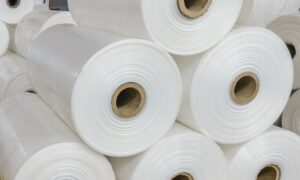Plastic burrs occur commonly in manufacturing industries that work with plastic materials. These tiny imperfections form during the machining or molding of plastic parts. Burrs can compromise a product’s functionality and mar its appearance, so understanding and addressing them is critical in industries like plastic machining. Let’s go over what plastic burrs are and the different types.
What Are Plastic Burrs?
Plastic burrs are small, unwanted pieces of material that form on the edge of a plastic part during production. They are typically caused by excess pressure, sharp tools, or material squeezing out of molds. These imperfections can create uneven surfaces, which may interfere with the part’s performance. Regular inspections and corrective measures help minimize their impact.
Why Do Plastic Burrs Form?
Plastic burrs develop due to factors like tool dullness or excessive heat during production. Chips or debris left behind by tools also contribute to their formation. Plastic machining often requires strict control of operating conditions to prevent burr formation. By maintaining high-quality tools and processes, manufacturers can reduce these imperfections.
How Are Plastic Burrs Identified?
A close visual inspection often highlights surface irregularities and edges where burrs might exist. Some industries rely on automated technologies to detect such defects quickly. Automated technologies include advanced imaging systems and precision sensors that can detect even the tiniest burrs on plastic parts. This ensures smoother surfaces and helps produce parts that meet exact specifications.
What Problems Do Plastic Burrs Cause?
Plastic burrs can interfere with mechanical assembly by obstructing the correct fit of the part. They may also impair the function of moving components, which leads to equipment malfunctions. Additionally, in industries requiring sterile components, burrs can harbor contaminants. Addressing burrs promptly maintains product integrity and ensures customer satisfaction.
What Are the Different Types of Plastic Burrs?
Plastic burrs come in several forms, including rollover burrs, which appear where cutting tools exit a workpiece, and tear burrs, which result from excessive force. Poisson burrs, formed by compressing or stretching plastic, are another common type. Each type impacts the finished product differently, which requires tailored removal techniques.
To eliminate burrs, manufacturers use specific processes such as trimming or deburring machines for clean edges. Some prefer chemical or thermal deburring methods, depending on the material and application.
Can Plastic Burrs Be Prevented?
Now that you know what plastic burrs as well as the different types, you can take steps to avert them. Plastic burrs can be prevented through precision plastic machining. Precision plastic machining involves the use of advanced tools and techniques to produce high-quality plastic parts.
This process requires careful control of variables like temperature, pressure, and cutting speed to create precise components. By closely monitoring these parameters, manufacturers can prevent burrs from forming during production. Additionally, precision plastic machining often incorporates deburring steps to ensure a smooth finish on all surfaces. This makes sure that products meet strict industry standards and customer expectations.
When it comes to managing plastic burrs, high-quality workmanship makes all the difference. Miller Plastic Products specializes in advanced manufacturing solutions. Backed by top-notch technology and an expert team, we ensure every plastic part surpasses expectations.




